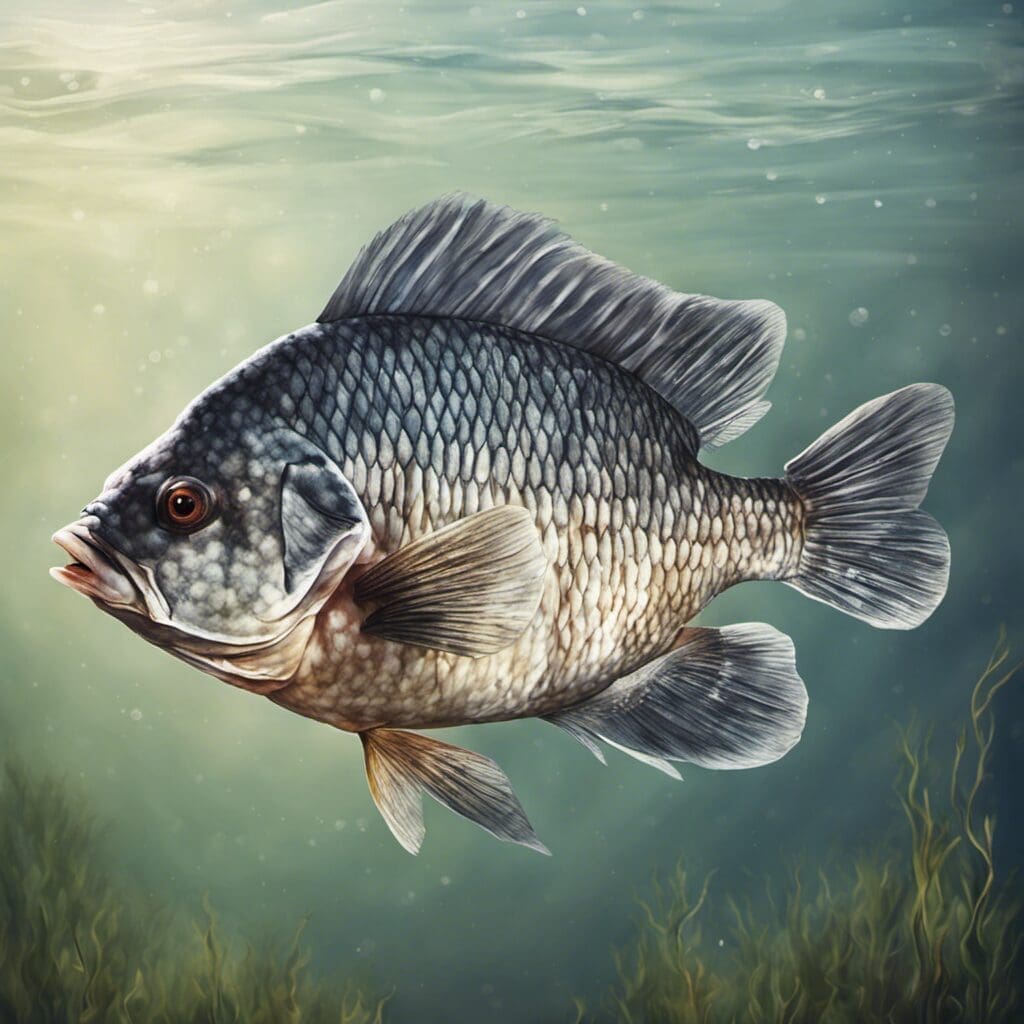Introduction
Generally known as Tilapia, the species is part of the Cichlidae family with more than 100 species. They are one of the most popular types of farm-raised fish due to their rapid growth, large size, and palatability.
Conservation Status
The conservation status of Tilapia varies, with some species considered at risk, and others considered least concern. Active conservation efforts are ongoing to protect at-risk species and ensure healthy populations.
Statistics
| Average Length | 30-45cm |
|---|---|
| Length Range | 20-60cm |
| Average Weight | 2-4kg |
| Weight Range | 1-7kg |
| Average Lifespan | 7-10 Years |
Distribution
Originally native to Africa, Tilapia have been introduced to many other regions, including South and Central America, the Caribbean, and parts of the United States.
Habitats
Tilapia inhabit a range of fresh and brackish water habitats, usually within the temperature range of 12 – 40 degrees Celsius.
When and Where to See
Seasonal Patterns
Tilapia are active year-round but tend to spawn in the warmer months.
Time of Day
Tilapia are most active during the daytime.
Best Fishing Locations
Depending on the local fishing regulations, Tilapia can be fished in many bodies of water worldwide including Nile River, Lake Victoria, and Lake Malawi.
How to Catch
Preferred bait or lures
Bread or corn-based baits are often used to catch Tilapia.
Fishing techniques
Tilapia can be caught through a number of methods, including bottom fishing and fly fishing.
Identification Guide
Tilapia are medium-sized, deep-bodied fish with rounded tails. They vary in color but are typically dark, often with bars or stripes.
Culinary
How to Cook
Tilapia can be grilled, baked, or pan-fried, and are commonly used in fish stews and curries.
Taste Profile
Tilapia are typically mild-flavored and lean.
Nutritional Information
Tilapia are a lean source of protein and are also rich in niacin, potassium, and vitamin B12.
Additional Information
Behavior
Tilapia are aggressive and territorial. They feed primarily on algae but will also take a variety of other foods.
Predators and Threats
Tilapia face threats from both natural predators (e.g., large predatory fish, birds) and human-induced threats, primarily habitat degradation and overfishing.
Cultural/Historical Significance
Tilapia have been linked to various historical events, as this fish was a primary source of protein for ancient Egyptians and is mentioned in biblical texts.
References and Further Reading
For more detailed information on Tilapia, check out resources like Fishbase and the UN’s Food and Agriculture Organization.
Please note that while Tilapia are farmed in many regions outside of their native range, this may present ecological risks if the fish are released or escape into local waterways. Always consult local regulations before fishing for or eating Tilapia

